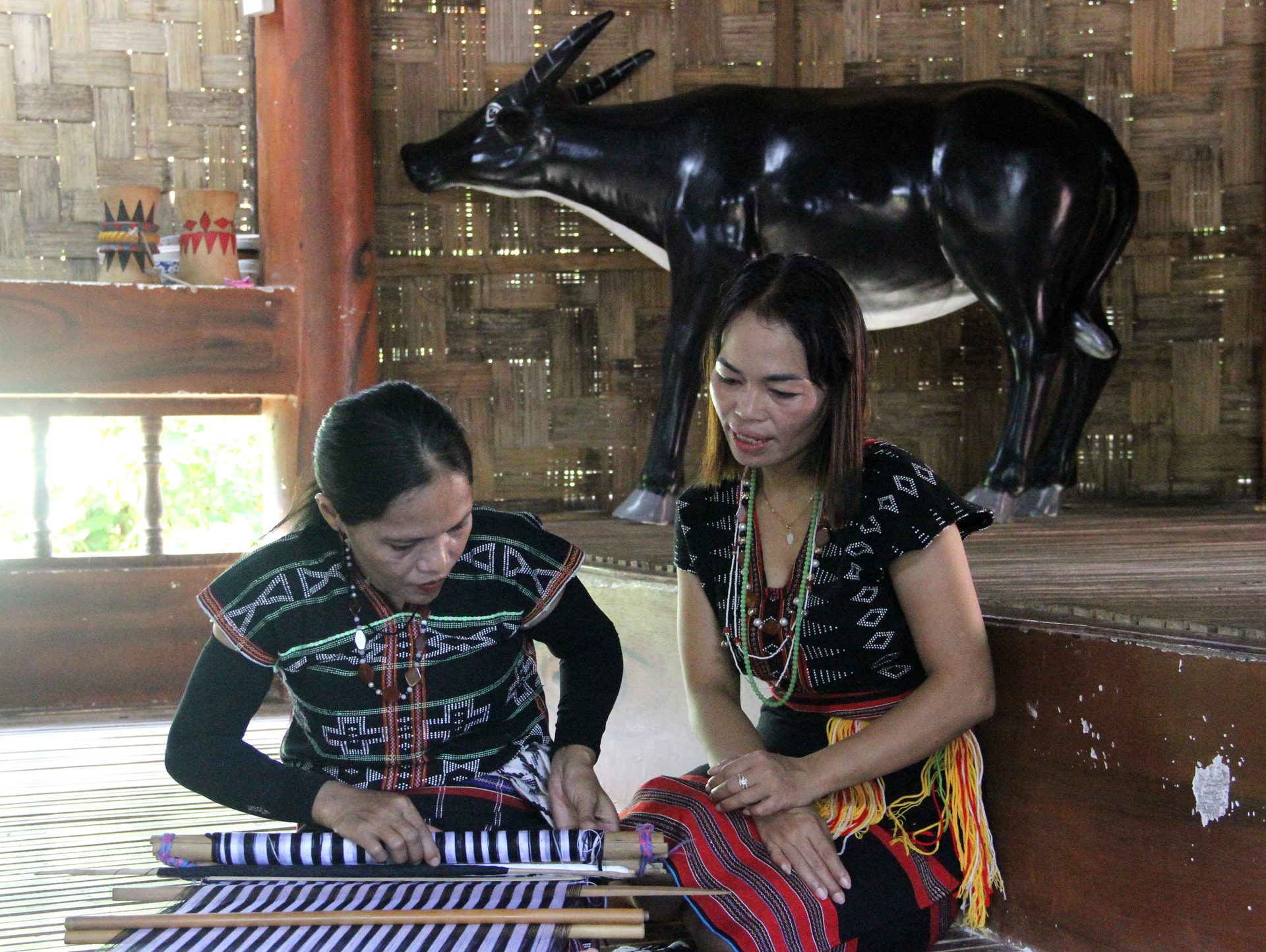
Infrastructure opens the way, creating momentum for connection
Identifying infrastructure as the key driving force for socio-economic development, localities in the northwest of the city focus on synchronous investment in infrastructure, especially inter-commune and inter-village traffic systems and regional connecting roads.
In Song Vang commune, where National Highway 14G passes through, just over 30km from the city center, the local government has proactively reviewed, developed and submitted to competent authorities the General Planning Project for the commune's construction until 2030, with a vision to 2040.
Chairman of the People's Committee of Song Vang Commune, Le Van Tu, said that the locality is proposing to include in the planning many key traffic routes such as the road connecting Song Vang, Song Kon, Thuong Duc, Hoa Bac; commune center and inter-village routes along with the public infrastructure system serving the people and economic development. This will be the foundation to call for investment, attract businesses and develop effective production and service models.
Sharing the same view, Chairman of Song Kon Commune People's Committee Do Huu Tung said that the locality is taking advantage of central and city resources to invest in rural transportation, digital infrastructure, electricity, water, schools, medical stations, industrial clusters, prioritizing key projects such as expanding National Highway 14G. Song Kon Commune is also effectively implementing national target programs and specific policies for ethnic minority areas, aiming to eliminate temporary housing, develop high-tech agriculture and build new rural areas specific to mountainous areas.
Economic development associated with indigenous culture
One of the breakthrough directions identified by localities is the development of eco- tourism and community tourism associated with ethnic culture. The Song Vang and Song Kon areas possess primeval forest and mountain landscapes, lake beds, A Pang hot mineral springs, ancient tea forests and many potential tourist destinations such as Ban Mai Lake, Anh Mountain, and Em Mountain. These are ideal conditions for building resort, agricultural and experiential tourism products associated with the lives of the Co Tu people.
In Hai Van ward, forestry development associated with forest management, protection and development has been given attention by the locality. Recently, the ward has organized 12 mobile propaganda sessions on forest management and protection in 7 villages, coordinated with GreenViet to plant nearly 5 hectares of community forests in Ta Lang and Gian Bi; implemented a project to plant replacement forests in the area within the special-use forest; and piloted an economic model to develop tourism services under the forest canopy.
According to Chairman of Hai Van Ward People's Committee Nguyen Thuc Dung, the locality has established a community ecotourism and homestay cooperative group in Ta Lang and Gian Bi villages; forming Ta Lang, Gian Bi and Nam Yen tourism clusters to create attractive tourist destinations associated with ecology and indigenous culture.
According to Mr. Do Huu Tung, Song Kon commune promotes organic agricultural production associated with building the OCOP brand, effectively exploiting forest economy and developing the value chain of agricultural and forestry products. Linking production, contracting forest protection, and attracting businesses to invest in raw material areas has brought practical results, creating sustainable livelihoods for people.
The local government is actively calling for investment in eco-resorts, exploiting community tourism combined with processing and experiencing local products such as tea, brocade weaving, and ethnic cuisine. Models such as tea eco-tourism of Quang Nam Agriculture - Forestry - Agriculture Joint Stock Company or community accommodation services in villages and hamlets are gradually taking shape, opening up a sustainable direction.
Economic development cannot be separated from preserving identity. The northwest region of the city is making efforts to preserve ethnic culture, especially the Co Tu culture, which is a priceless asset, both a source of pride and a resource for tourism.
Accordingly, three national intangible cultural heritages of the Co Tu people, including tung tung da da dance; the art of speaking and singing ly and brocade weaving, are being restored, taught and included in traditional festivals and community activities, and at the same time becoming unique cultural tourism products to attract tourists.
Organizing brocade weaving and wood carving classes for the Co Tu people in Ta Lang and Gian Bi villages (Hai Van ward) is a clear demonstration of the commitment to preserving heritage associated with livelihood development.
Source: https://baodanang.vn/mo-rong-khong-gian-phat-trien-tay-bac-3298364.html


![[Photo] The road connecting Dong Nai with Ho Chi Minh City is still unfinished after 5 years of construction.](https://vphoto.vietnam.vn/thumb/1200x675/vietnam/resource/IMAGE/2025/11/04/1762241675985_ndo_br_dji-20251104104418-0635-d-resize-1295-jpg.webp)

![[Photo] Ca Mau "struggling" to cope with the highest tide of the year, forecast to exceed alert level 3](https://vphoto.vietnam.vn/thumb/1200x675/vietnam/resource/IMAGE/2025/11/04/1762235371445_ndo_br_trieu-cuong-2-6486-jpg.webp)

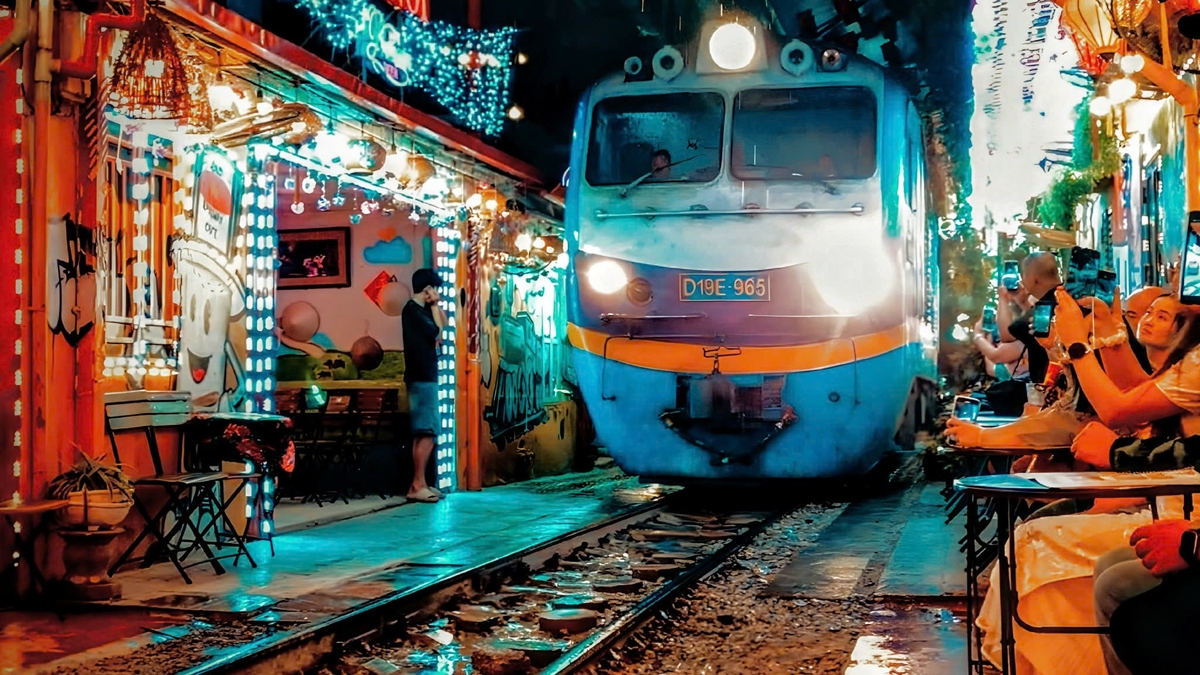
![[Photo] Panorama of the Patriotic Emulation Congress of Nhan Dan Newspaper for the period 2025-2030](https://vphoto.vietnam.vn/thumb/1200x675/vietnam/resource/IMAGE/2025/11/04/1762252775462_ndo_br_dhthiduayeuncbaond-6125-jpg.webp)
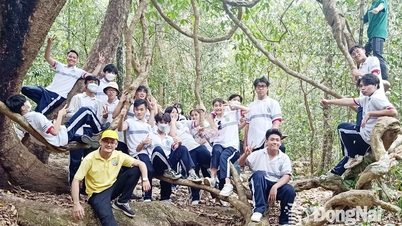

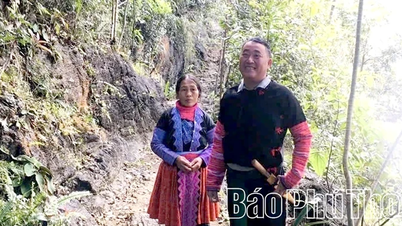

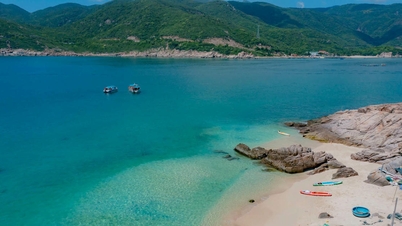

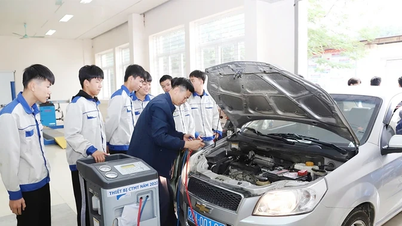


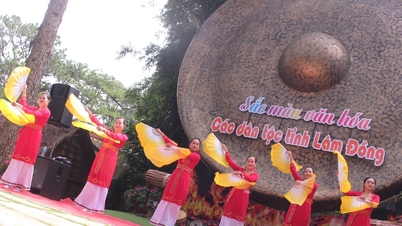




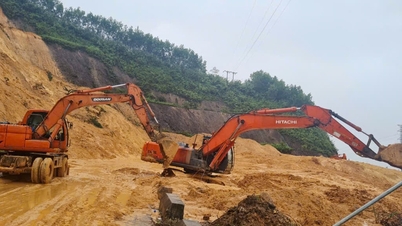




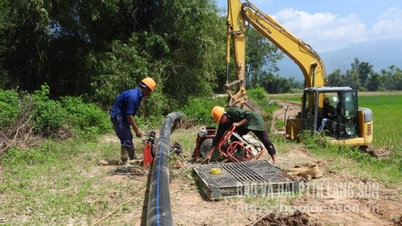





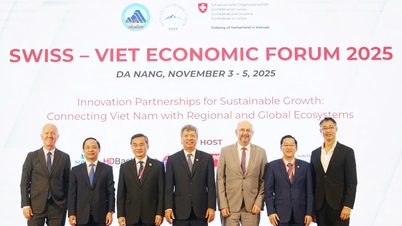
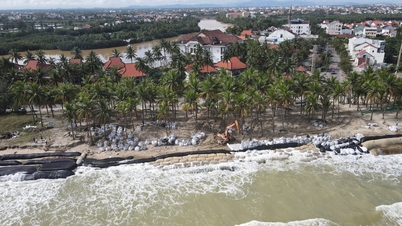
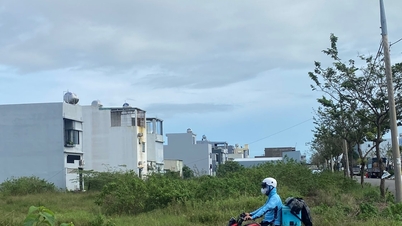
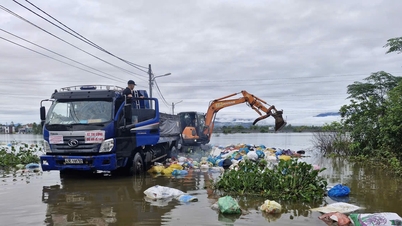

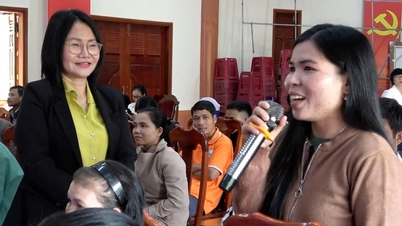
![[Photo] Opening of the 14th Conference of the 13th Party Central Committee](https://vphoto.vietnam.vn/thumb/1200x675/vietnam/resource/IMAGE/2025/11/05/1762310995216_a5-bnd-5742-5255-jpg.webp)
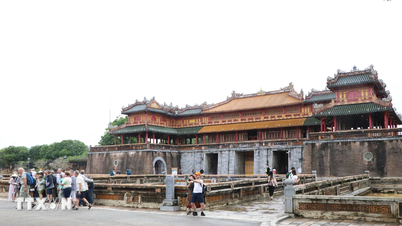

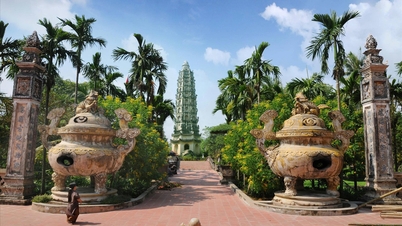

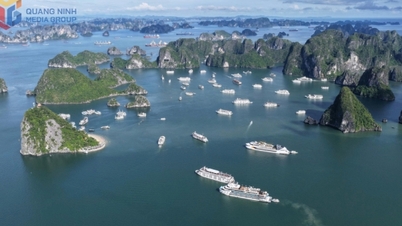

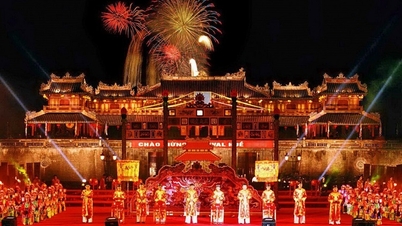

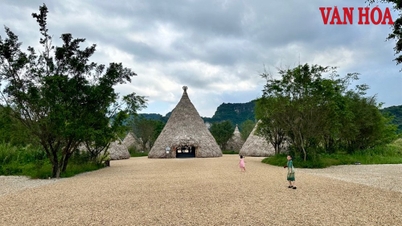

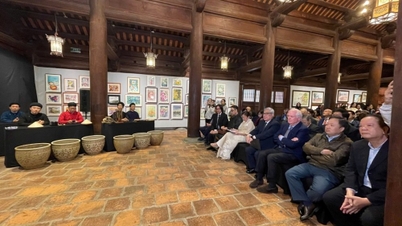




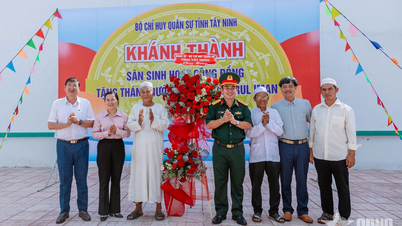

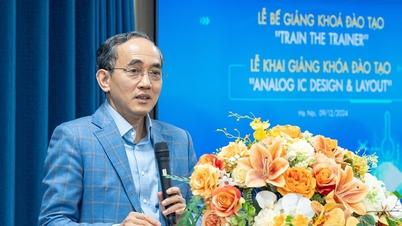




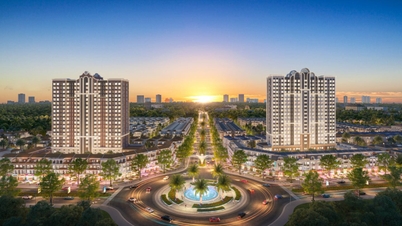




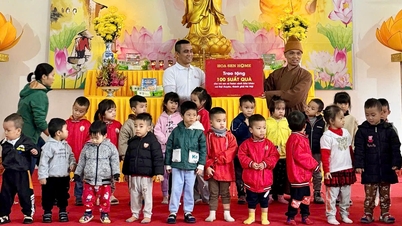
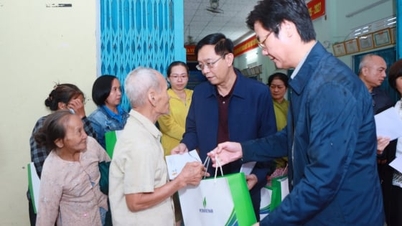

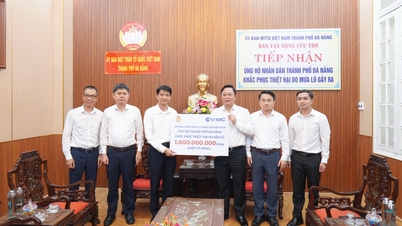
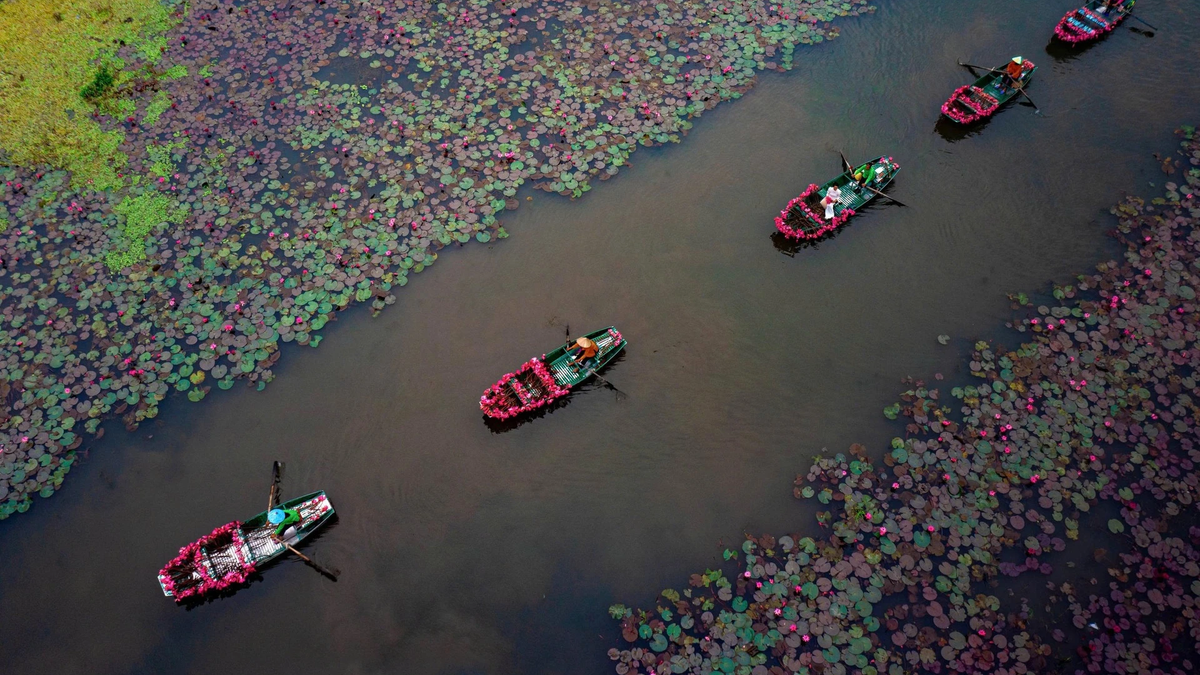
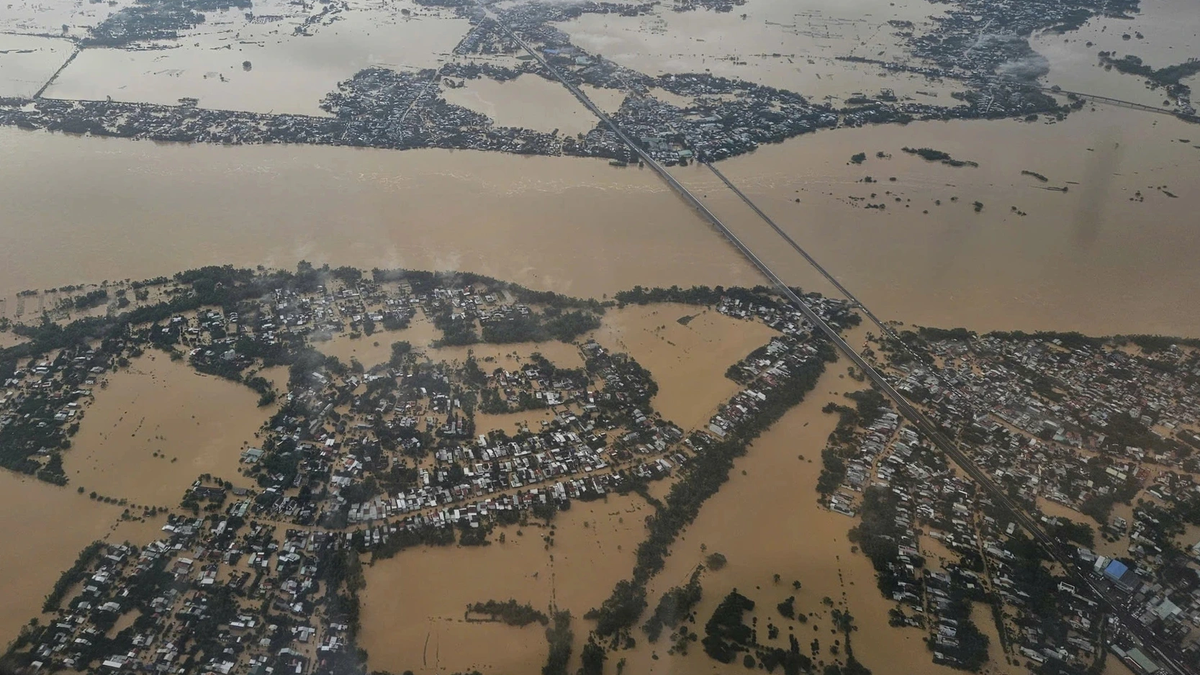

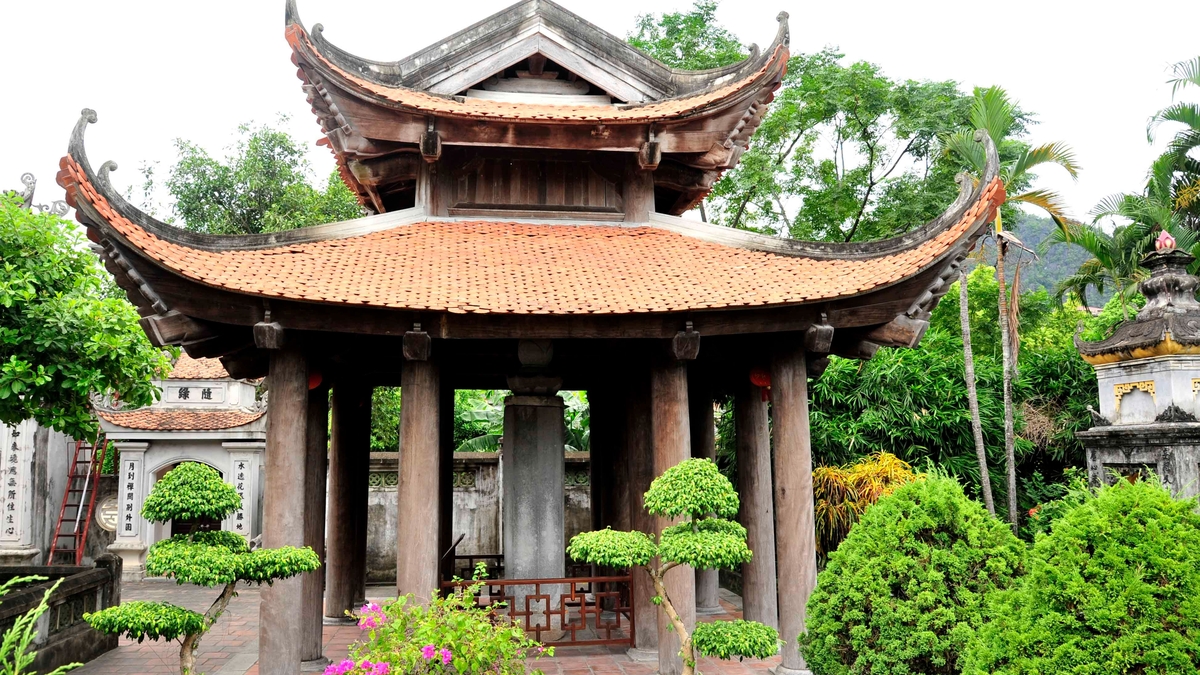

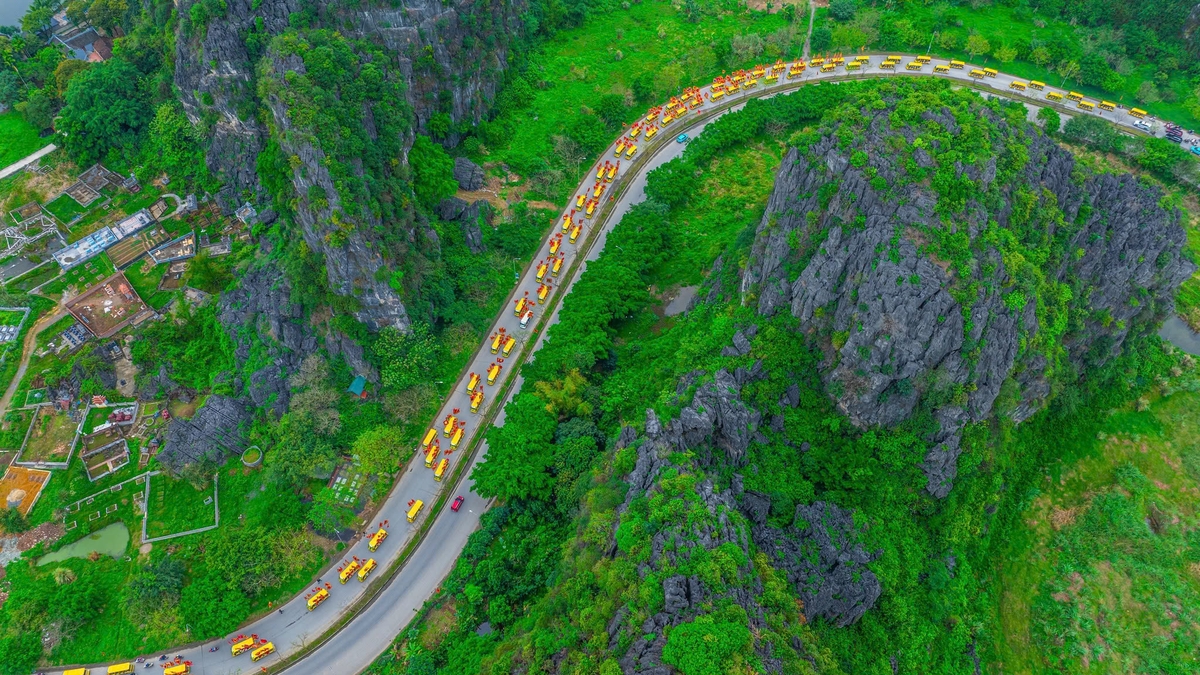






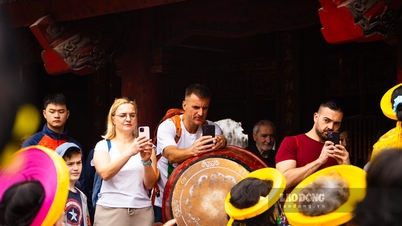

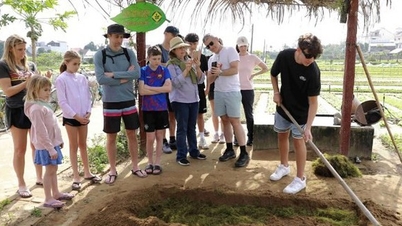



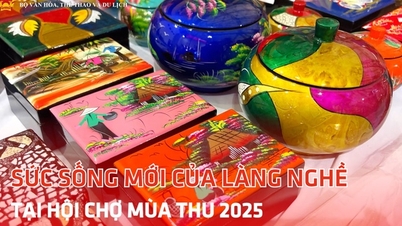


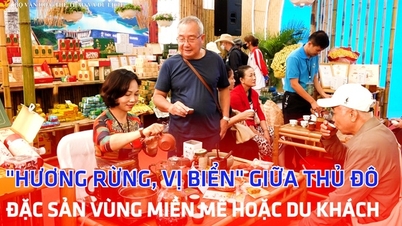
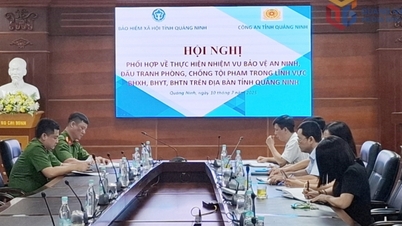
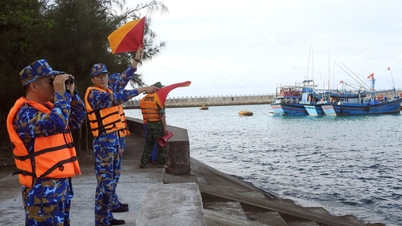

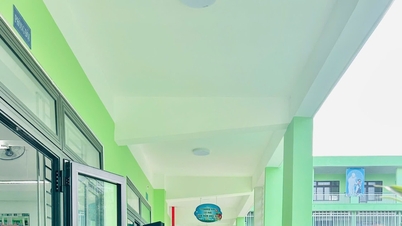
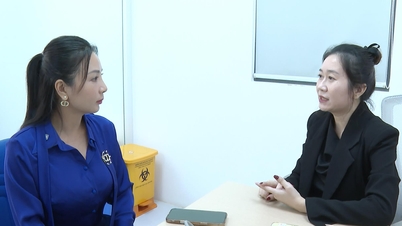










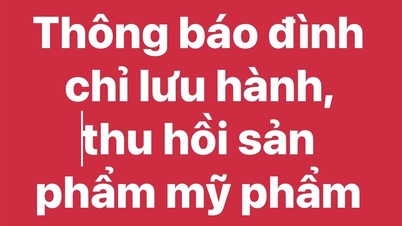




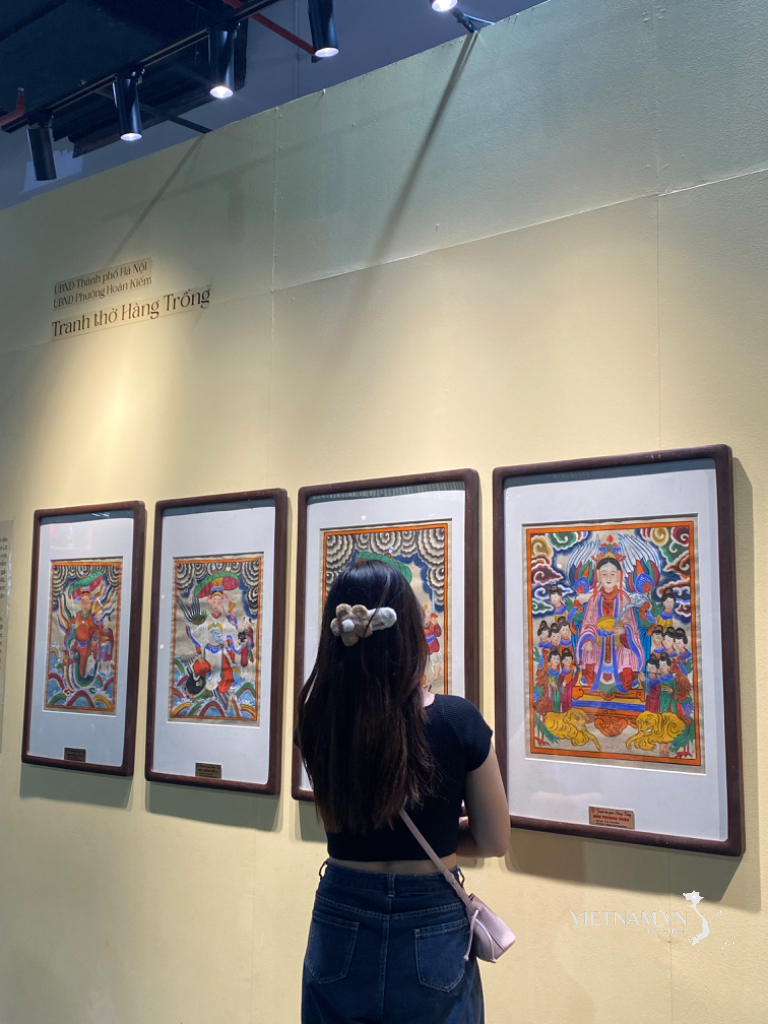

Comment (0)